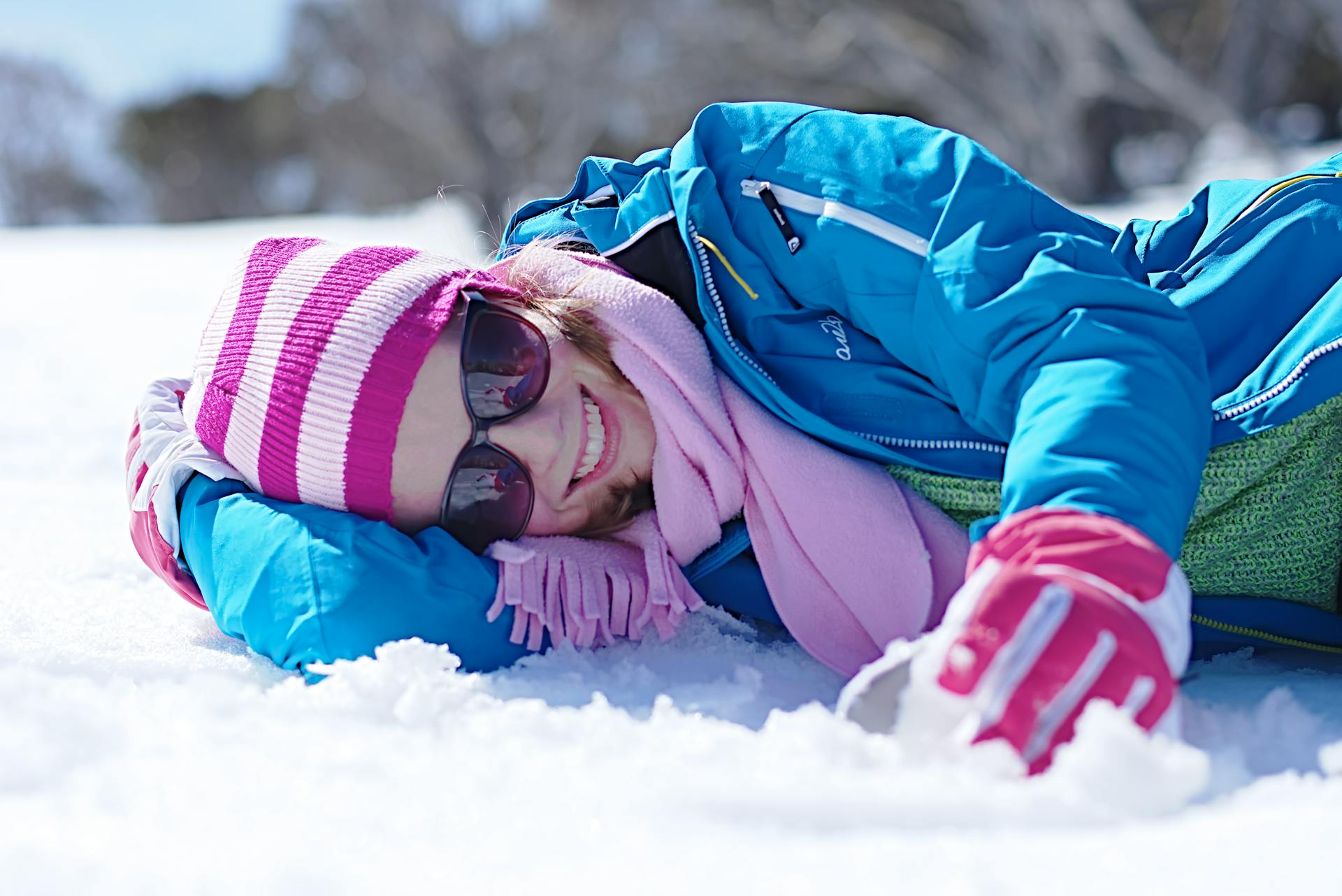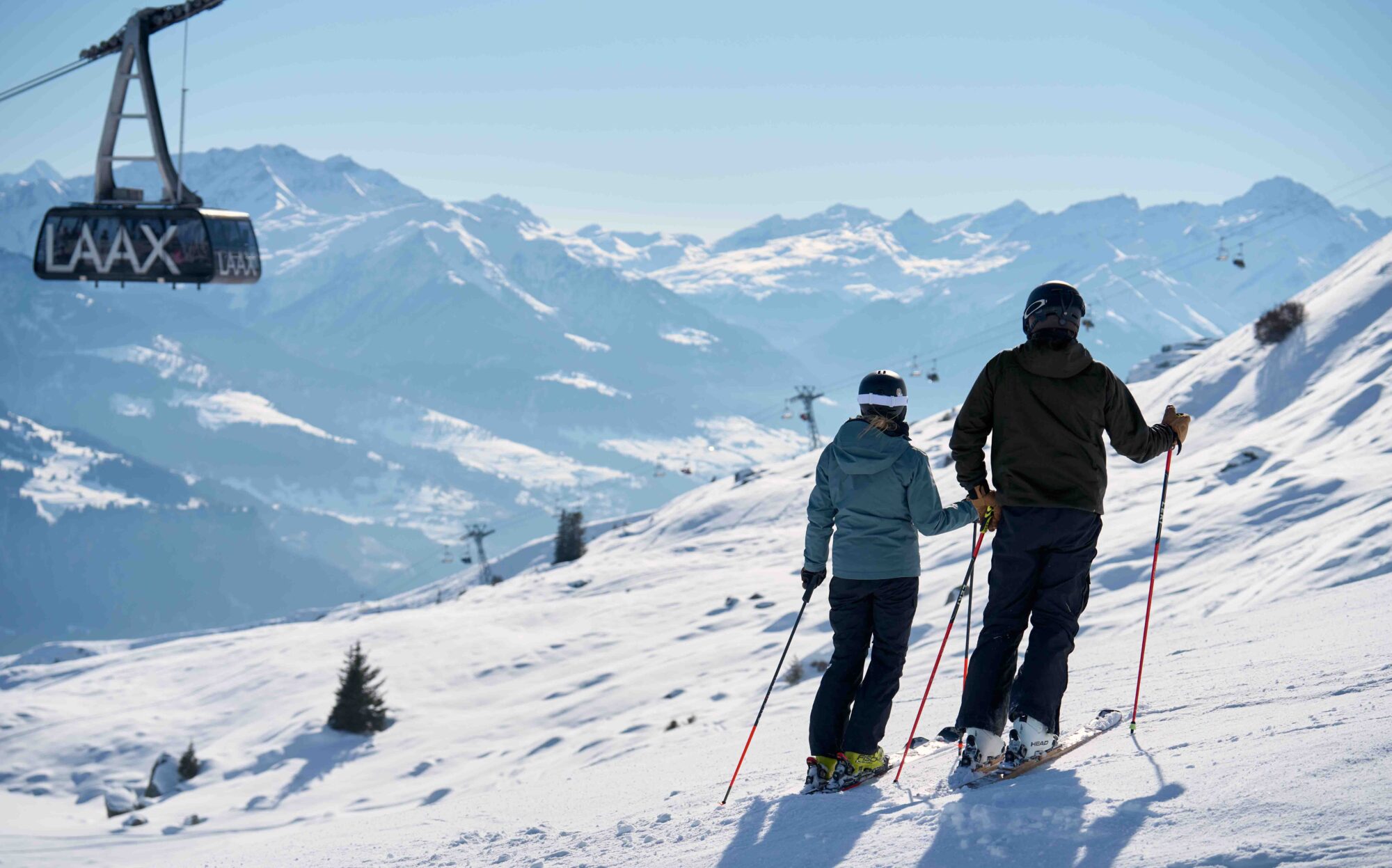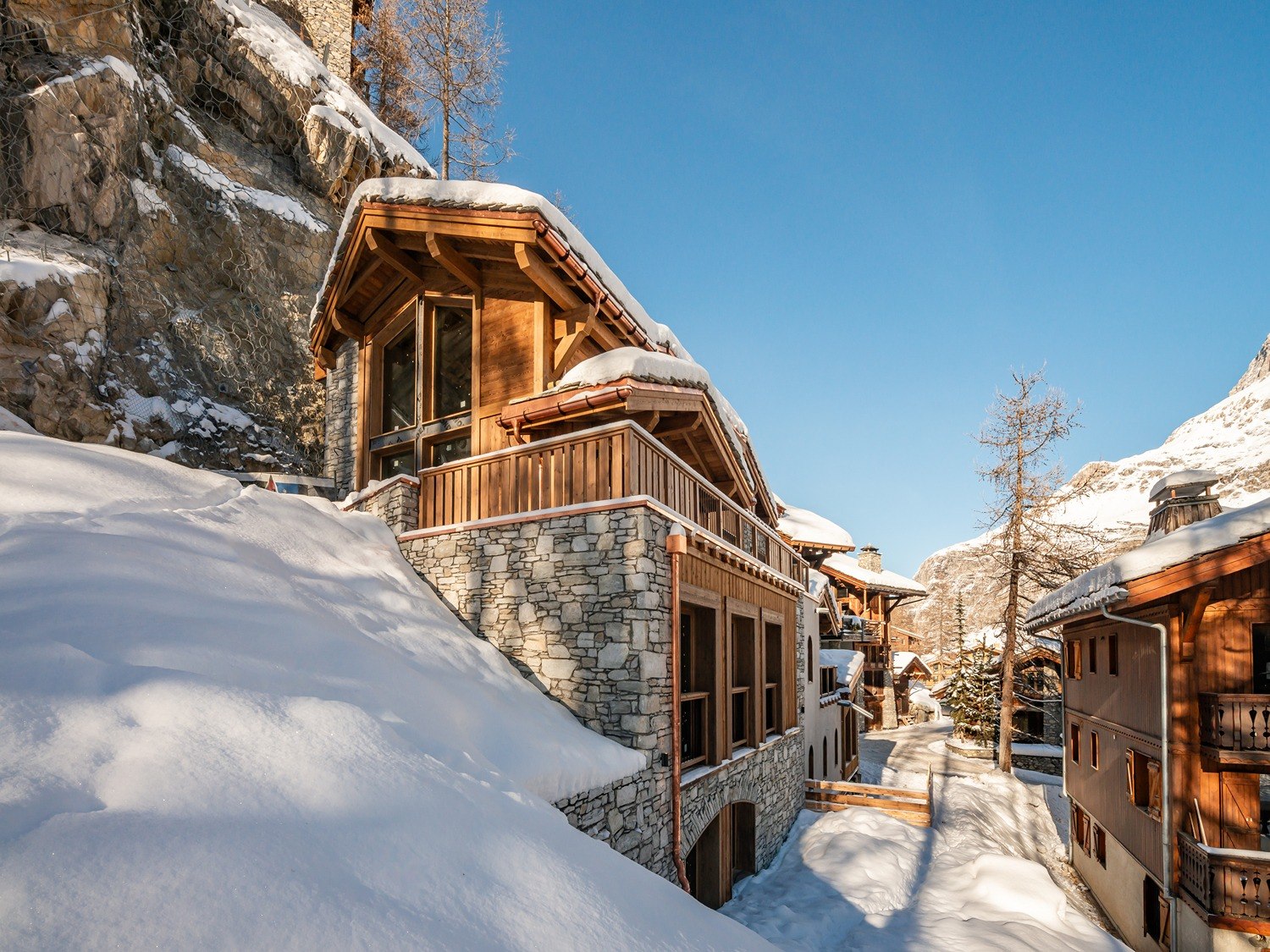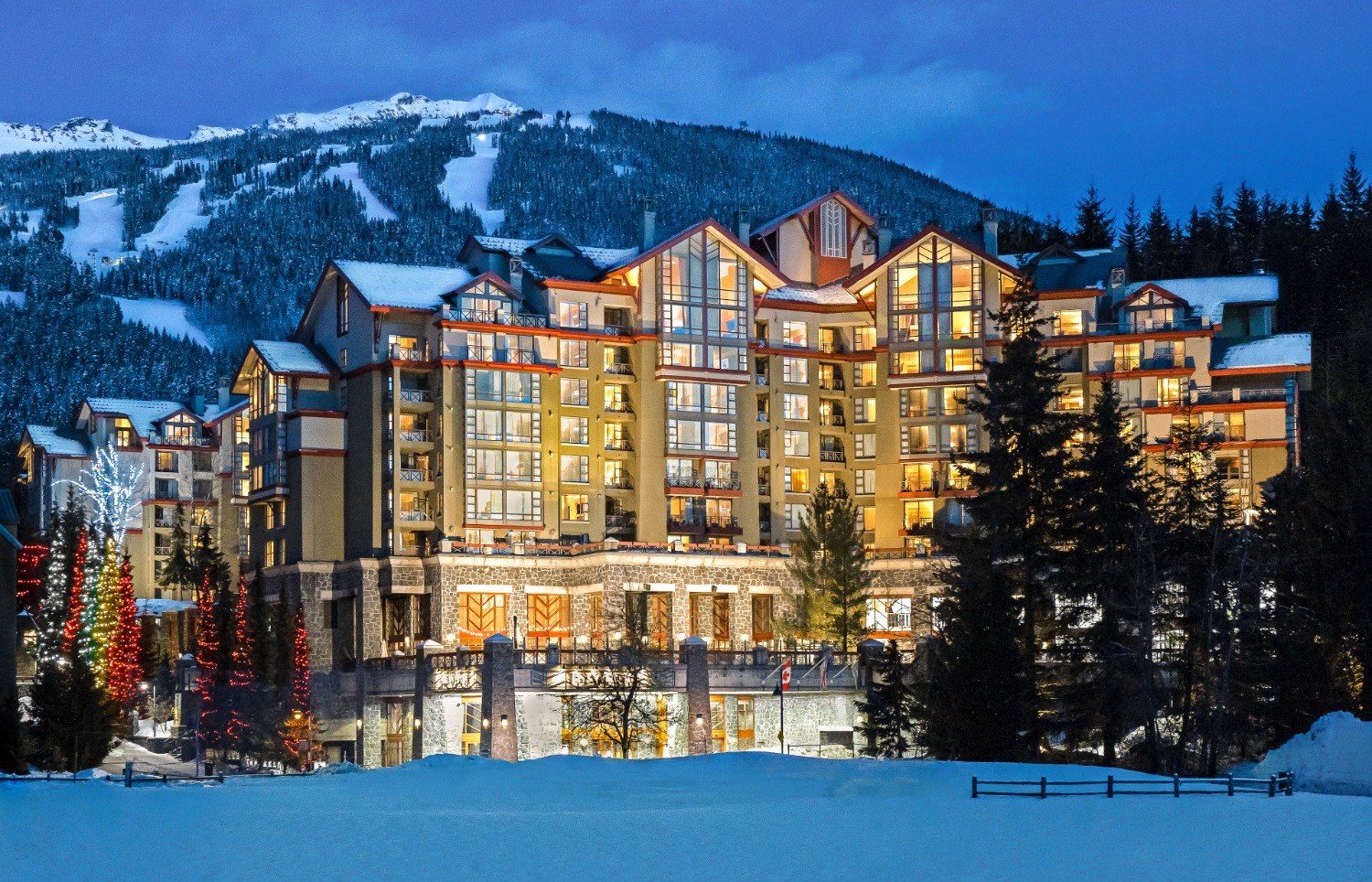An optician is warning holidaymakers about the dangers of prolonged UV light exposure, especially when magnified by reflections off the snow.
Wut Win, an optician at prescription glasses retailer Feel Good Contacts has shared essential eye health advice for those heading to the piste soon:
“UV rays can be one of the biggest threat to our eyes. While the importance of sunglasses during summer months is widely known, many underestimate the dangers associated with the bright winter sun. Snow itself can reflect more than 80 percent of UV rays which is where snow blindness gets its name. Extreme sports such as mountain climbing, snowboarding, and skiing are done in high altitude where the sun’s UV rays are stronger and there is usually more snow. Snow blindness, or photokeratitis, happens when UV light enters your cornea and the sensitive outer layer (the epithelium) becomes irritated and inflamed, resulting in a burning or itchy sensation,” says Wut.
Symptoms of snow blindness include extreme sensitivity to light, blurred vision, and a gritty feeling in the eyes. Your symptoms will be more severe, the longer you are exposed to UV rays. Severe snow blindness can cause intense tearing and inflammation, eyelid swelling and spasms, severe headaches and even temporary vision loss. Rare cases of snow-blindness can lead to solar retinopathy which can result in permanent vision loss.
To prevent snow-blindness from happening in the first place, you should wear snow or sports goggles with 100% UVA and UVB protection before heading out. These feature side shields or a soft rubber flange, blocking out UV light from all different angles. When you’re not skiing, wrap sunglasses are another great choice as they offer maximum protection from harmful UV rays, due to their style and close fit. Opt for polarised lenses as they have a filter which blocks intense reflected light, reducing glare and discomfort.
If you experience symptoms of snow blindness, it’s important not to panic. Seek shelter in a dark room and if you wear contact lenses, remove them immediately until you can see normally again. Dampen a cloth in cold water and place it over your closed eyelids to provide temporary relief. Over the counter painkillers can also help subdue any feelings of discomfort. Symptoms of snow blindness usually go away on their own within 1-2 days. However, should your symptoms persist longer than 1-2 days or if symptoms worsen after 24 hours, you should see an eye care professional immediately.
Wut added: “In addition to recognising the dangers of snow blindness, it’s important to consider the overall impacts that the cold weather could have on your eyes when you’re skiing or snowboarding. During winter months, the cold air can’t hold as much water, combined with indoor heating, often leads to drier conditions, which can contribute to dry eyes. It’s therefore important to stay hydrated and use lubricating eye drops as needed. If you wear contact lenses, opt for contact lens friendly eye drops and consult an eye care professional for personalised recommendations.”
Jane Bolton, ski expert at Erna Low, offered further advice on how to protect your skin from the sun while skiing as well:
“UV radiation increases by about 5% for every 300 metres of elevation gain, so at higher altitudes, you need to be even more diligent about sun protection. SPF 50+ should be non-negotiable for anyone skiing. Sunscreen is essential for protecting against the sun’s strong UV rays, which are intensified by the high altitude and the snow’s reflective surface. Protecting yourself is crucial to avoid skin damage and discomfort,” says Jane.




